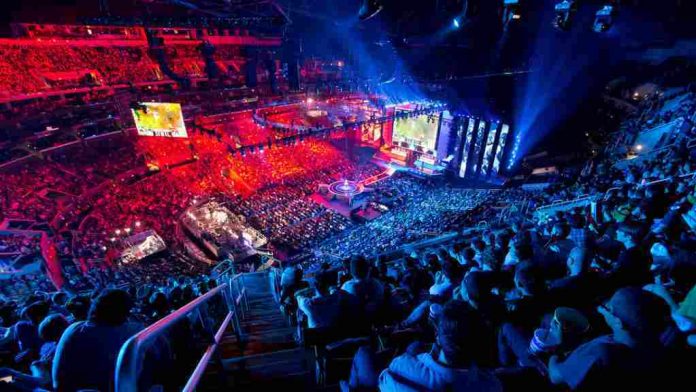Filipinos are extremely technology-savvy, so it doesn’t come as a surprise that we have a penchant for online games.
Right now, the eSports events has thrived exponentially, a far cry from its previous state, when it was merely seen as nothing but a hobby. Today, you can earn millions by participating in eSports competitions.
But how did the situation come to this? And how else has the gaming arena transformed in the recent years?
If you want to know the answers to these questions, then you’ve come at the right place. This article will explore the evolution of eSports in the country.
A National Pastime
In the past, you probably belonged to the hordes of Filipino kids who would often bombard the internet cafés, shelling out a bit of your allowance just so you can indulge in a DotA game or level up your character in Ran Online or some other MMORPG.
Because these computer shops are virtually everywhere (not to mention that they’re super cheap), they soon gained a steady following from young Filipinos.
Imagine: almost everyone could play—that is, kids didn’t even need to have an internet connection or their own costly computers to be a gamer!
So it was inevitable that soon enough, this activity evolved into a national pastime.
eSports and Education
eSports and school? Some people might be shaking their heads incredulously. They might say: but these two concepts are the total opposites! They’re not supposed to be together!
But with the attention that the eSports community has been garnering in the Philippines, then it’s scarcely astonishing that eventually, it would be taken more seriously.
Norwegian schools, after all, have long incorporated eSports into their classes. In addition, South Korea also has course offerings that let their students study the eSports industry.
And here’s the thing: the Philippines has already joined the scene.
In the University of the Philippines – Cebu, eSports has been included in their roster of games for the intramurals since 2013.
A similar scenario exists in the Philippine Science High School – Western Visayas. Here, they slipped in eSports during their Humanities and Intramurals Week.
Lastly, there’s the impressive development in the University of the Visayas New School. For their Senior High School’s Arts and Design Track, they’ve decided to integrate game strategies of DotA 2.
Furthermore, students will learn about the following:
- game design
- development animation
- 2D and 3D animation
- game creation
After two years, the students can opt for these career paths:
- game creators
- game designers
- eSport players
Now, whoever said that eSports and academics can’t come together can eat their words.
eSports as a Legitimate Sport
Yes, you read that correctly.
Last August 2017, eSports has finally acquired the same stature as, say, basketball or volleyball. Filipino eSports players, consequently, are now branded as official athletes.
This was primarily brought about by the advancements in 2016. Last year, Manila hosted two major DotA competitions—ESL One Manila and the Manila Major.
What else does eSports becoming an actual sport entail?
For one, this allows eSports players to easily obtain their visas for international events. Securing a visa has been a major hurdle for some Filipino players, which resulted to them pulling out from battles.
Senator Bam Aquino, a staunch supporter of the eSports community in the Philippines, believes that this industry can also usher in employment opportunities. Aside from being a professional player, after all, there’s also the option of game design and game creation.
Key Takeaway
Filipinos are no novice when it comes to playing online games. The eSports community in the Philippines has been in existence for several years..
It also has a rich history. From its status as a pastime, it has soared enormously in eminence, and is now considered an official sport. Furthermore, it has also infiltrated our educational system.
The eSports community, needless to say, is rife with possibilities.


